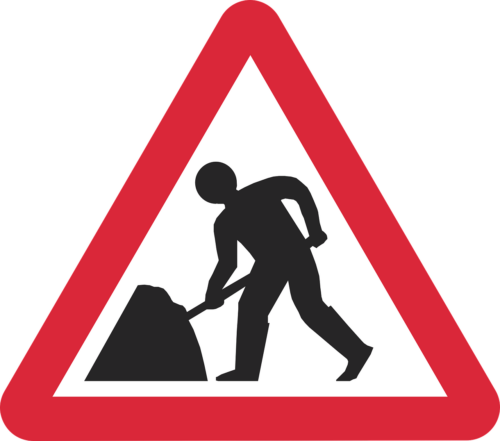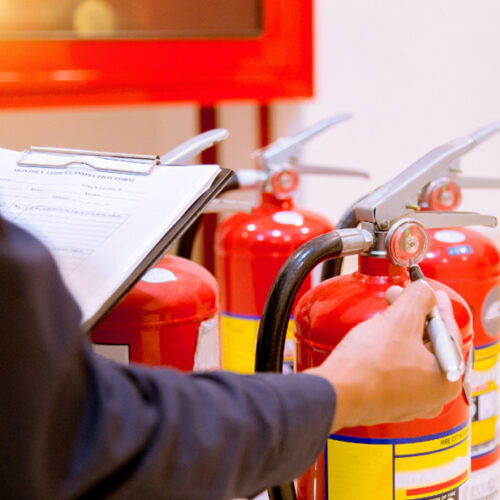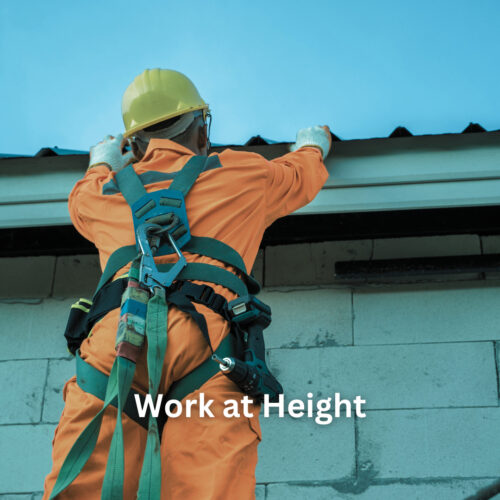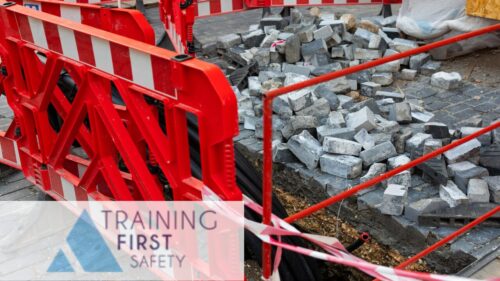-

Overview
During the workshop, a Fit2Fit accredited instructor will give the attendees an understanding of how to conduct face fit training themselves and gain knowledge on the variations of masks available. Delivered by a Fit2Fit accredited instructor, the Face Fit Testing Workshop is designed to prepare delegates to be able to carry out Face Fit Tests competently.Throughout the day, topics covered include:
- Health & Safety Law
- Types of Respiratory Protective Equipment (RPE) and correct selection
- Types of hazardous substances and their health impacts
- Why Face Fit Testing matters
- How to conduct a Face Fit Test
What is required to pass the Face Fit Train the Tester Workshop?
The delegate must show competence and understanding as they will need to be able to conduct Face Fit Tests themselves correctly. The delegate will need to successfully demonstrate a Face Fit Test and complete a written assessment. Once they have completed the above, the tutor will deem the delegates prepared to con-duct Face Fit Tests. -
 NRSWA Operatives Re-Assessment Training (New Roads and Street Works Act) is a necessity for any employee who have previously completed the NRSWA Operatives course. Delegates who wish to undertake this training MUST provide a scanned copy of their current Streetworks card (Front and Back). Students MUST complete their training within 5 years of the card expiry. Failure to adhere to these guidelines will result in the delegate having to sit the full NRSWA Operatives 5 day course again.
NRSWA Operatives Re-Assessment Training (New Roads and Street Works Act) is a necessity for any employee who have previously completed the NRSWA Operatives course. Delegates who wish to undertake this training MUST provide a scanned copy of their current Streetworks card (Front and Back). Students MUST complete their training within 5 years of the card expiry. Failure to adhere to these guidelines will result in the delegate having to sit the full NRSWA Operatives 5 day course again. -
 NRSWA Supervisor Re-Assessment Training (New Roads and Street Works) is a necessity for any employee who have previously completed the NRSWA Supervisor course. Delegates who wish to undertake this training MUST provide a scanned copy of their current Street Works card (Front and Back). Students MUST complete their training within 5 years of the card expiry. Failure to adhere to these guidelines will result in the delegate having to sit the full NRSWA Supervisor 5 day course again.
NRSWA Supervisor Re-Assessment Training (New Roads and Street Works) is a necessity for any employee who have previously completed the NRSWA Supervisor course. Delegates who wish to undertake this training MUST provide a scanned copy of their current Street Works card (Front and Back). Students MUST complete their training within 5 years of the card expiry. Failure to adhere to these guidelines will result in the delegate having to sit the full NRSWA Supervisor 5 day course again. -

Course Details
Once completed the NRSWA Unit 1 course, successful candidates will be certified to set out of traffic lights, signs, cones and barriers in compliance with NRSWA. This course is designed for all personnel employed by Local Authorities, Utilities and their contractors for the purpose of any road works in, on or around the highway.Course Duration
1 Day -
 It’s a mandatory requirement under PUWER 1998 that all users must be competent and all users must be trained to ensure they have the knowledge, understanding and skills required to use tools safely at work.
It’s a mandatory requirement under PUWER 1998 that all users must be competent and all users must be trained to ensure they have the knowledge, understanding and skills required to use tools safely at work.Course objectives/outcomes:
- H&S Laws and Regulations · understanding your legal duty – PUWER (Provision and Use of Work Equipment Regulations) 1998 and Health & Safety at Work Act 1974
- Responsibilities of employer and employee
- Hazards & Risks involved · hand arm vibration, dust and respiratory hazards
- Noise action levels, lower and upper daily exposure levels
- Wheel markings · what they mean – what you need to know
- How to carry out pre-use checks and inspections of equipment and working area
- Importance of issuing task and product specific PPE with examples
- Bench Grinders, Petrol Cut Off Saw, 110V and battery handheld can be covered if requested when booking
- Test paper/ questions/ handouts and review
-

Fire Marshall
The Fire Marshal course is to provide personnel with a knowledge of how to prevent a fire from happening and the duties of a fire marshal in the workplace. The fire marshal training course consists of both theory and practical sessions which include: • Fire Procedures Duties of a Fire warden/marshal • Fire prevention • Using Fire extinguishers & Types of extinguishers • Action on discovering a fire • Common causes of fire • Fire drills and evacuation • Fire safety legislation • Fire safety precautions • The chemistry of fire Upon successful completion of the CIEH fire safety awareness training course, you will be entitled to a Certificate of completion. Who Should Attend? Personnel who will be responsible for the role of a fire warden/fire marshal would benefit from taking this training course. -

Course objectives/outcomes:
To provide delegates with an understanding of current relevant legislation in order to be able to thoroughly inspect ladders and stepladders, identifying safety critical faults and to record equipment details and inspections as outlined in PUWER. This course will cover :- Roles and Responsibilities
- Inspection of Ladders and Stepladders
- Hazards
- Assessment
Who Should attend? Managers and supervisors who require the knowledge and practical skills to thoroughly inspect and maintain ladders and stepladders. It is a requirement to have successfully passed the Ladders & Stepladders training course and have a valid LadderCard prior to attending the Inspection course. -
 Manual Handling is the moving of any load by bodily force, including lifting, putting down, pushing, pulling or carrying. All employees by law should be trained in the correct techniques in association with the product/equipment they will be using during the working day.
Manual Handling is the moving of any load by bodily force, including lifting, putting down, pushing, pulling or carrying. All employees by law should be trained in the correct techniques in association with the product/equipment they will be using during the working day.Course objectives/outcomes:
H&S Laws & Regulations – Manual handling Operation Regulations 1992 (amended 2002)- The responsibilities of the employer and employee
- What exactly is manual handling, and what types of injuries can occur
- Good posture, biology of the back, combined with how you should look after it
- Techniques for lifting, lowering, pushing, pulling and carrying loads
- Risk factors and how injuries can occur
- Mechanical Aids available on the market to assist with your manual handling assessments
- The importance of issuing and using the correct PPE for the task product and sequence of works
- Importance of adhering to your existing company Manual Handling policy
- Safe handling technique videos
- Test paper/questions/ handouts & review

